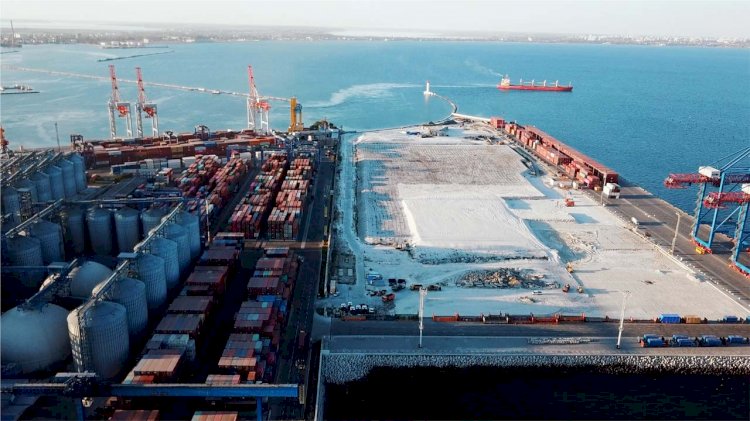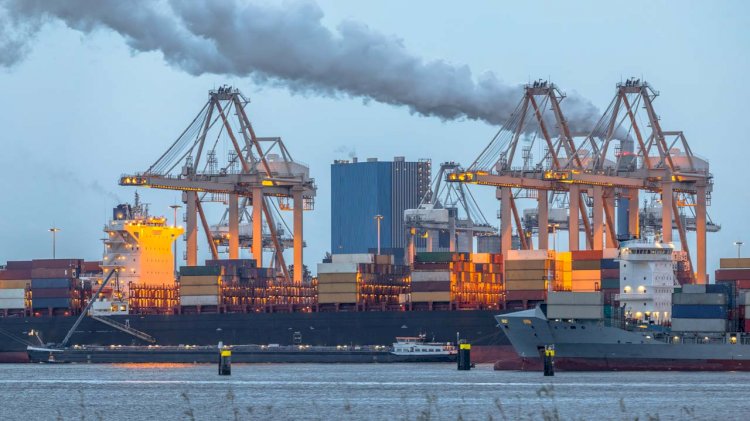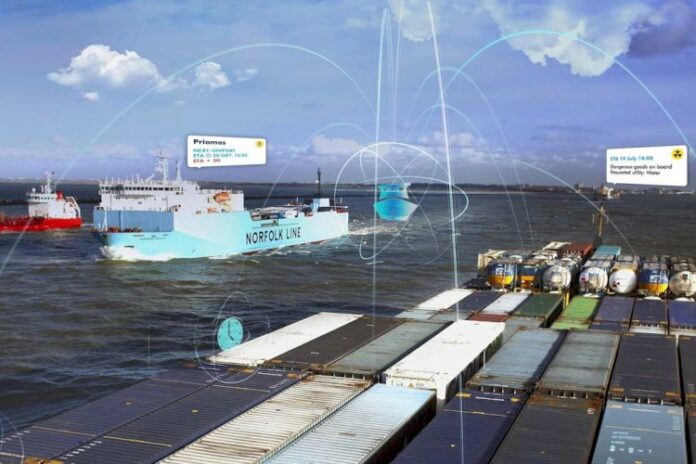Gaining insight into port calls, nautical services, cargo and assets helps port authorities to optimally manage their operations and get the most out of their port.
Digital solutions and data analysis play an increasingly important role in this. The modular management system Portmaster enables both small and large ports to lay a smart foundation to focus and monitor their objectives. And gradually increase their digital maturity level.
Portmaster is one of the digital solutions developed by the Port of Rotterdam Authority in recent years. These applications are also marketed as a service for other port authorities under the name PortForward. This way the Port of Rotterdam also enables other ports to benefit from the digital knowledge that has been built up in Rotterdam. The aim of which is to contribute to the creation of a worldwide network of ‘smart connected ports’.
Jan Gardeitchik, Business Development Manager Digital at the Port of Rotterdam Authority, says:
“As a management system, Portmaster is at the heart of the operations that take place in a port. Based on big data and artificial intelligence, it provides extremely accurate information about, among other things, vessel times of arrival and departure.”
Dashboards can be used to track the operational KPIs and monitor safety and sustainability performance of the port. Notable issues or incidents are quickly registered using the system. Portmaster can also keep track of information about cargo – which cargo is on board, or, in the case of cruise ships, how many people are on board. Operational details can be easily tracked and reported, which also improves the transfer of information between different shifts and departments.

Jan Gardeitchik says:
“As a management system, Portmaster is at the heart of the operations that take place in a port. Based on big data and artificial intelligence, it provides extremely accurate information about, among other things, vessel times of arrival and departure.”
Port authorities can easily collect all required information to automatically calculate their port dues in Portmaster. This includes the dimensions and durability class of vessels and the frequency with which vessels call at the port. This way the system supports the automatic calculation and invoicing of port dues and port authorities meet their legal obligations.
Thanks to the modular construction of Portmaster, users can enter easily and expand the system in stages. The first step is to gain insight into the port calls: which vessels are calling at the port, or are or have already been there?
Gardeitchik explains:
“This module contains an overview of the port. This can be a simple map showing where the vessels are located, to a complete graphical overview of the port and its assets. Port dues can be calculated simply and accurately based on port call data. It is also the stepping stone to digital planning.”
Commercial vessels calling at a port are obliged to report to the port authority 24 hours in advance. When doing so, they indicate their expected time of arrival. Actual time of arrival depends on various factors, including weather and tidal development. Numerous digital tools are currently available to predict such developments fairly accurately. By linking these within the Postmaster environment to the expected times of arrival, port authorities can better estimate the actual times of arrival, leading to better planning and optimal use of the port’s assets. For example, tug boats, linesmen and pilots can be used more efficiently.

Quays, berths and other port infrastructure can be digitally mapped in Portmaster and linked to information about accessibility and availability. How long is a quay or berth? What is the water depth? But also, when was the last dredging work performed for the quay and what is the maintenance status? Gardeitchik:
“Nowadays we can equip quays with sensors that provide real-time information about the occupation. Likewise, rubbish containers on the quay, for example, can indicate themselves when they have to be emptied. This provides opportunities to better organise port processes, predict maintenance and schedule it at the right time. This allows you to make optimal use of your port facilities at a lower cost and to shift any physical extensions to a later point in time.”
The Portmaster modules for planning and monitoring assets, maintenance and services help port authorities to get the most out of their assets and revenue. Infrastructure is better utilised, port operations are carried out more efficiently. At the same time, port authorities are becoming important providers of information to their port community. Gardeitchik:
“During a port call, numerous service providers are active around the vessel. From the bunkering company to the baker that brings the bread on board – all service providers know via Portmaster when the vessel will be in port. As a port authority, this not only makes you smarter, but also more attractive to clients.”



